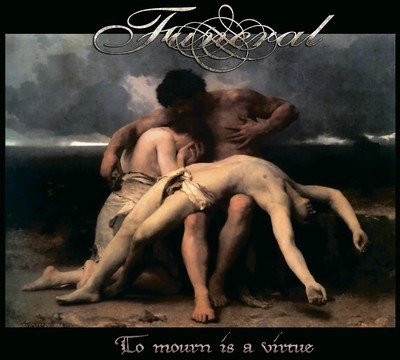- Customers also bought...
- Просмотреть список опций
| CODE | Album variations | Availability | Price | ||
|---|---|---|---|---|---|
|
|
SP. 048-11 x
|
Out of stock
|
533.33 Р | ||
|
|
SP. 048-11D xs
|
In stock
|
666.67 Р |
Solitude Productions proudly presents the legendary Norwegian band`s album «To Mourn Is A Virtue». This release is the missing link between the classic albums «Tragedies» (1995) and «In Fields Of Pestilent Grief» (2002). This album is based on unreleased demo-recordings ,and contains nine previously unreleased tracks recorded between 1996 and 2004,remastered in 2010, almost 15 years after the moment they were initially recorded in the studio. «To Mourn Is A Virtue» could become a surprising opening both for fans of the band and those who are interested in the genre. Funeral, regarded as one of the first bands in the funeral doom metal genre, further evolved to a more doom/ death metal approach, now presents a classic doom metal record.
Tracklist:
1 Hunger 9:01
2 God? 7:02
3 Your Pain Is Mine 7:56
4 The Poison 5:28
5 Dancing In A Liquid Veil 9:28
6 How Death May Linger 9:21
7 Father 7:33
8 Blood From The Soil 8:04
9 Wrapped All In Woe 5:47
Artist:
Funeral
Artist Country:
Norway
Album Year:
2011
Title:
To Mourn Is A Virtue
Genre:
cult doom metal
Format:
CD
Type:
CD Album
Package:
Digibook
Label:
Solitude Productions
Cat Num:
SP. 048-11D
Release Year:
2011
Country Of Manufacture:
Russia





















































